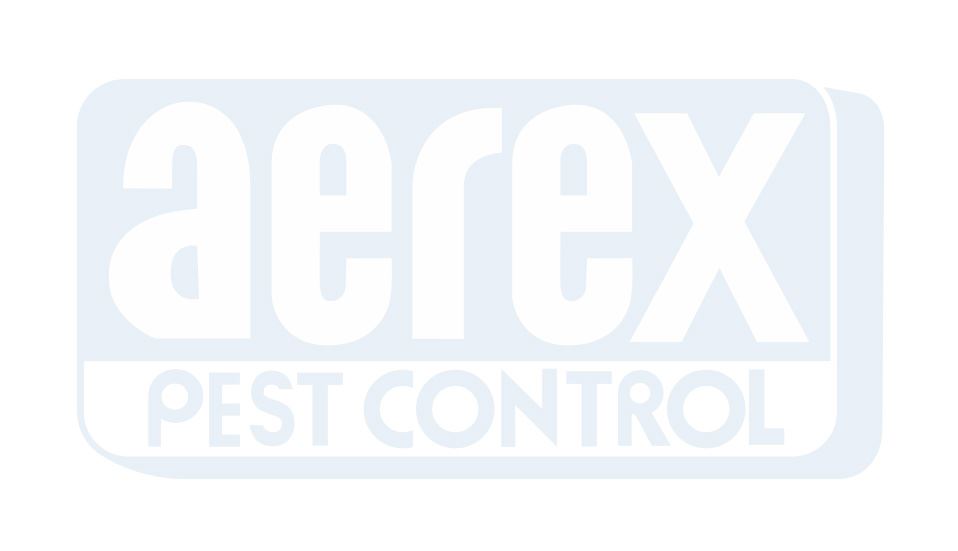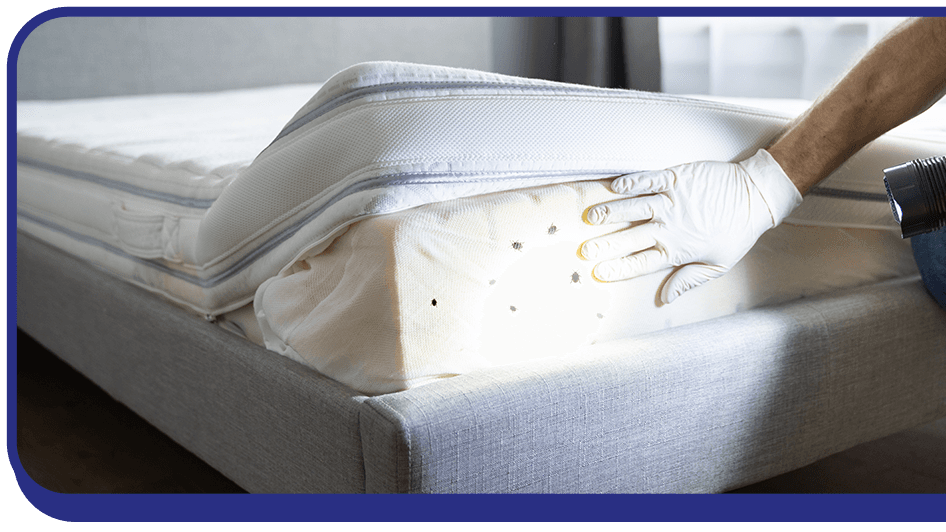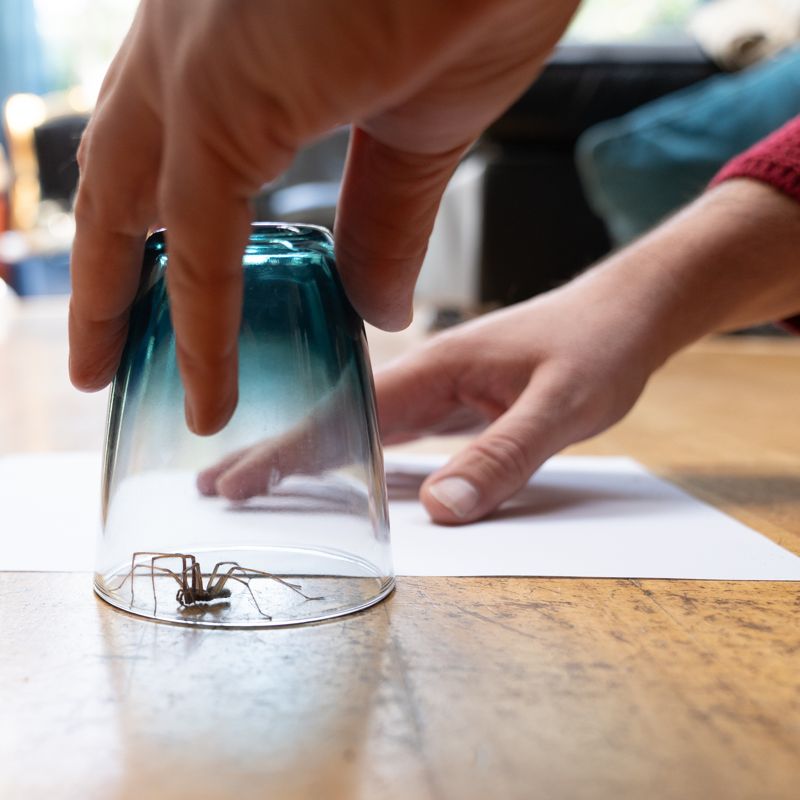



Bee & Wasp Control in Chicago
Dealing with bees and wasps in the Chicago area requires in-depth knowledge and substantial experience to ensure both safety and effectiveness. Aerex Pest Control offers comprehensive bee removal and wasp control services, providing tailored solutions to manage and eliminate these pests from your property. Our trained bee and wasp exterminator professionals not only handle various species, including aggressive yellowjackets, large bald-faced hornets, and solitary mud daubers, but also understand the ecological roles of these insects. With Aerex Pest Control, you can rest assured that your home or business will be free from the threat of stings and the nuisance of nests, while ensuring the protection of beneficial pollinators like honeybees and bumblebees, which are vital to our environment and agriculture.
Local Insights on Bee & Wasp Issues
The humid summers and fluctuating temperatures in Chicago provide an ideal environment for bees and wasps to thrive. Local municipalities often receive an increased number of complaints about nests in homes and offices, particularly during warmer months. Being familiar with Chicago's neighborhoods, Aerex Pest Control understands the unique challenges posed by dense urban living and is adept at navigating the city's residential and commercial zones to provide effective solutions.
For residents living near water sources such as Lake Michigan or the Chicago River, there is an added likelihood of encountering wasps and bees seeking moisture. While local government entities offer public resources and education on handling these pests, hiring a professional wasp and bee exterminator like Aerex Pest Control ensures swift and reliable intervention, reducing health risks from stings.
Dealing with bees or wasps in Chicago? Contact the team at Aerex Pest Control or call us for prompt service. We are the professional wasp exterminator Chicago trusts.
Types of Wasps
There are many different types of wasps, but some of the most common include:
- Yellowjackets – Yellowjackets are among the most aggressive wasps, recognized for their bright yellow and black coloration. They are about ½ an inch long and have a very thin waist. Yellowjackets are social insects and live in large colonies, often making their nests underground or in cavity walls.
- Bald-faced hornets – Bald-faced hornets, although a type of yellowjacket, stand out due to their large size and distinctive white and black coloration. They measure about ¾ an inch in length and have a slender waist. Unlike yellowjackets, they often build their paper-like nests in trees and shrubbery.
- Mud daubers – Mud daubers belong to the solitary wasp category, known for constructing nests out of mud. They are usually about an inch long with a narrow waist. These wasps are non-aggressive and primarily prey on spiders, contributing to natural pest control without posing a threat to humans.
Types of Bees
There are many different types of bees, but some of the most common include:
- Bumblebees – Bumblebees are among the largest bees, noted for their fuzzy bodies and vibrant black and yellow stripes. Generally, they measure about 1 inch long and have a thick waist. Bumblebees are social and live in relatively small colonies, often nesting underground or in abandoned rodent burrows.
- Carpenter bees – Carpenter bees are solitary bees, recognized for their shiny black coloration and significant size, about 1 inch long. Although non-aggressive, they can become a nuisance by boring into wood to create nests, which can cause structural damage over time.
- Honeybees – Honeybees are essential pollinators known for producing honey. They are typically about ½ an inch long with a robust body and live in expansive colonies. Generally, they are docile and sting only when provoked or threatened.
How to Get Rid of Bees & Wasps Safely
Bee and wasp control can be complex and potentially hazardous, making professional intervention advisable. Nevertheless, here are some actions you can take to minimize bees and wasps on your property:
- **Keep your trash cans sealed** to prevent attracting foraging wasps and bees that scavenge for food.
- **Keep your windows and doors closed** to ensure wasps and bees do not enter your living spaces, particularly when nests are nearby.
- **Ensure all of your screens are in good repair** to prevent any insects from entering your home through small holes or gaps.
- **Seal all the cracks and crevices around your home** to deny bees and wasps potential nesting sites in your walls or eaves.
- **Keep your gutters clean** to stop standing water from attracting insects, which then become food sources for wasps.
- **Cover all of your vents** with fine mesh to prevent insects from using them as entry points.
Eco-Friendly Practices in Pest Control
In an urban environment like Chicago, eco-friendly pest control practices are more important than ever. Aerex Pest Control prioritizes these methods by utilizing products that meet safety standards set by the Environmental Protection Agency. This helps protect not only our families and pets but also the local wildlife. We believe in minimizing our environmental impact while still providing effective bee and wasp removal solutions.
Natural deterrents and exclusion techniques are championed as part of our internal policies, embodying our commitment to sustainable pest management. By choosing methods that discourage pests rather than simply eliminate them, we contribute to a healthier environment for our clients and community.
Community-Based Prevention & Education
Community awareness and involvement are crucial components in controlling bee and wasp populations. Aerex Pest Control supports educational initiatives around Chicago to inform residents about the importance of maintaining environments unattractive to these pests. Workshops, local forums, and informational brochures are some tools used by local agencies to spread knowledge.
As a part of our service, we provide clients with tailored prevention tips, helping them understand the habits of bees and wasps. This includes explaining the differences between aggressive and non-aggressive species and offering strategies to prevent nesting in problematic locations.
-
70+ Years of Industry Experience
-
Effective & Informative Communication
-
Service With Integrity
-
Get a 100% Free Estimate

-
 InspectionBefore performing any pest control treatments, we’ll carefully inspect your home for pest activity and conducive conditions. This inspection allows us to understand your main pest pressures so we can target these issues.
InspectionBefore performing any pest control treatments, we’ll carefully inspect your home for pest activity and conducive conditions. This inspection allows us to understand your main pest pressures so we can target these issues. -
 TreatmentWe design our treatments to eliminate active pest problems and prevent future pest problems. We do this by applying a barrier of protection around your house to stop pests in their tracks.
TreatmentWe design our treatments to eliminate active pest problems and prevent future pest problems. We do this by applying a barrier of protection around your house to stop pests in their tracks. -
 Follow-UpBy returning to your house twice a year, we can provide you with the services you need to keep your home pest-free. This schedule allows you to receive pest control that is as affordable as it is effective.
Follow-UpBy returning to your house twice a year, we can provide you with the services you need to keep your home pest-free. This schedule allows you to receive pest control that is as affordable as it is effective.
Recommended Reading:
- What to do about carpenter bees - Learn how to address the impact of carpenter bees on wooden structures around your home without compromising safety.
- Are wasps hard to get rid of? - Discover insights into wasp behavior and the challenges in managing their nests effectively.
- Four ways to keep wasps away from your home - Explore preventative measures to minimize wasp encounters and reduce the likelihood of nests.
- Should I be worried about wasps in my yard? - Understand when wasps become a threat and how to mitigate their presence safely.
Frequently Asked Questions
How do I identify a wasp nest on my property?
Identifying a wasp nest on your property involves observing both the nest structure and wasp activity. Wasps frequently build nests in sheltered areas such as eaves, trees, shrubs, or even underground. Typical nests look like a papery, layered structure with visible entry points. If you notice continuous wasp activity around a particular area, it's crucial to investigate further. Approaching nests can be dangerous, so it's best to observe from a safe distance. For confirmation and safe removal, consider contacting Aerex Pest Control to assess the situation and handle any necessary interventions professionally.
What precautions should I take if I have a bee allergy?
If you have a bee allergy, it's vital to take preventive steps to avoid stings. Always wear protective clothing like long sleeves and pants when in areas bees are active. Avoid fragrances and brightly colored clothing that can attract bees. Be mindful of not provoking bees by swatting at them. Having an emergency plan is essential, which includes keeping prescribed medication close, such as an epinephrine auto-injector. Additionally, it’s advisable to inform family and close friends about your allergy and how to use emergency medication. For added safety, reach out to Aerex Pest Control for professional assessment and management of any nearby bee activity.
Is there a best time of year to address bee and wasp problems?
The best time of year to address bee and wasp problems is early spring. During this period, nests and colonies are smaller, making them easier to manage effectively. Addressing issues early can prevent population growth as the season progresses into late summer, when nests and colonies are at their peak. An early intervention can reduce the likelihood of confrontations, especially in residential areas where children and pets are present. Scheduling a service with Aerex Pest Control in the spring ensures that potential infestations are managed proactively for the safety of your home or business.
Aerex's Tips & Tricks
Want all the latest news or updates? Browse through our blog to read our most recent posts and featured articles.









.2410150531459.jpg)
.2410150540084.jpg)